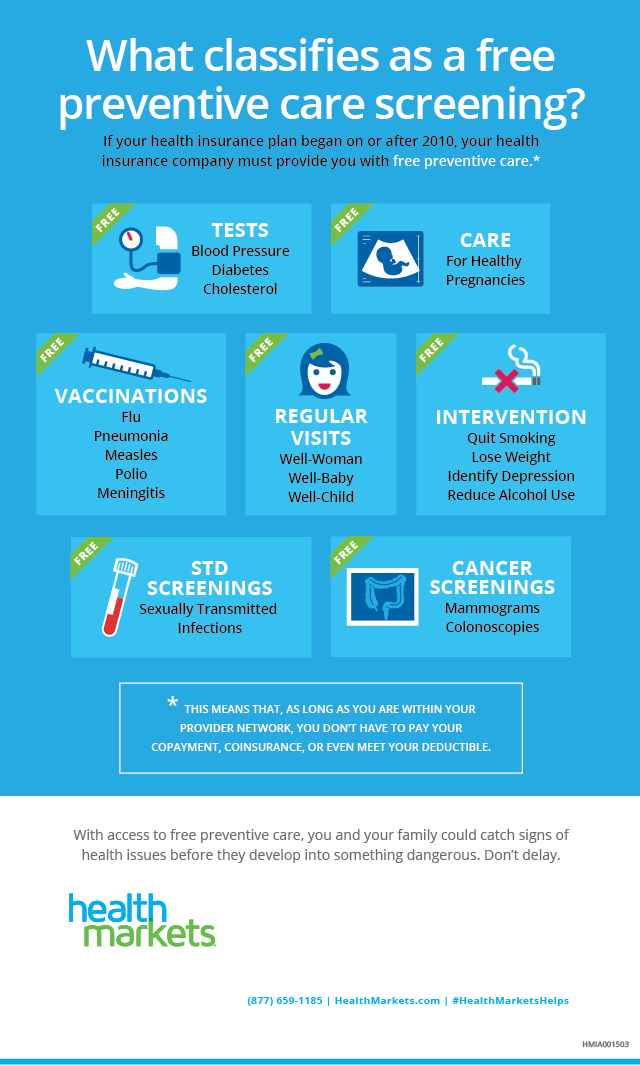Browsing The Intricacies Of Medical Insurance Terminology

Developed By-Kara Boje
Many people do not have ample health insurance proficiency skills to understand how their plan works. This can cause complicated language, aggravating barriers as well as unneeded expenses.
\
A common collection of terms and meanings assists to break down the intricacies of just how your plan functions. These include:
Premium
The costs part of medical insurance coverage is the monthly charge that a policyholder pays to maintain protection. It is additionally called the "price tag" of a health plan.
Premiums can differ considerably by plan kind and also coverage options. For instance, a health plan that has reduced out-of-pocket expenses might have a greater regular monthly costs than one with more generous coverage.
Health plan premiums normally cover a section of the insurance provider's management costs. These costs are generally lower for large group plans than for specific and also small-group policies, because of economic climates of scale. However, https://docs.google.com/drawings/d/12utbyVtYoCfbh7ONwbP601EW8oeL-SuAwqqgYAzZmnw/edit can still make up a significant section of the overall health care price. This is why it is essential to comprehend the entire cost of a medical insurance strategy prior to purchasing.
Deductible
An insurance deductible is the quantity you should spend for most eligible clinical services before your health insurance begins to cover any one of the cost. Copays (level charges) are likewise paid when receiving clinical solutions, yet these do not count toward satisfying the insurance deductible.
The deductible element of your medical insurance coverage can be a vital factor to consider in selecting a plan. If you call for regular treatment, a strategy with a higher insurance deductible might make more sense for your budget. The insurance deductible normally resets at the beginning of each benefit year, which commonly accompanies a fiscal year. Some strategies have aggregate deductibles and some have embedded deductibles, which specify to each family member on a certain plan. The higher the deductible, the lower the premium will certainly be.
Coinsurance
A coinsurance part belongs to lots of medical insurance strategies. It is the percentage of a medical expense that a person pays after they satisfy their deductible annually. The remaining price is paid by the health insurance business. Coinsurance is typically expressed in a proportion, such as 80/20.
A co-payment is a set amount that the guaranteed need to pay each time they make use of a details solution. It is usually a level cost, however it can likewise be a portion of the overall expense of a clinical charge. Coinsurance as well as co-payments vary depending on whether you pick to see an in-network or out-of-network service provider. It is important to recognize your health insurance plan's terminology to ensure you are getting the best treatment possible. A licensed insurance coverage agent can aid.
Copayment
The copayment is an insurance component that covers a section of clinical costs. It is an agreed-upon amount defined in the agreement in between the insurance provider as well as the insurance holder. Copays are normally established for different solutions such as doctor sees, prescription drugs, and emergency room treatment.
Insurance coverage experts state that the copayment is an essential element of health insurance coverage because it assists to avoid deceptive insurance claims. Click On this website claims cost lots of money as well as pain innocent clients.
A copayment is additionally vital because it splits the risk in between the insurance company and also the insured. This system inhibits unnecessary insurance claims and keeps the insurance costs inexpensive. However, it is important to comprehend the particular details of your insurance policy strategy and also evaluate its advantages summary before registering.
Network
A group of medical professionals, medical facilities, drug stores and various other health care carriers that have an agreement with your insurance provider to provide solutions at an affordable rate. Some plans call for that you only use suppliers in their network.
Also called "typical, normal as well as practical" cost or "permitted quantity," this is the buck quantity that an insurance company takes into consideration to be a reasonable fee for a particular solution. The insurance provider will generally pay just as much as this amount, so you will certainly be accountable for any type of costs beyond this quantity.
Some plans, such as a Special Supplier Organization (EPO), call for that you receive all of your medical care from the plan's network of medical professionals (except in an emergency situation). This is a kind of handled care strategy.

